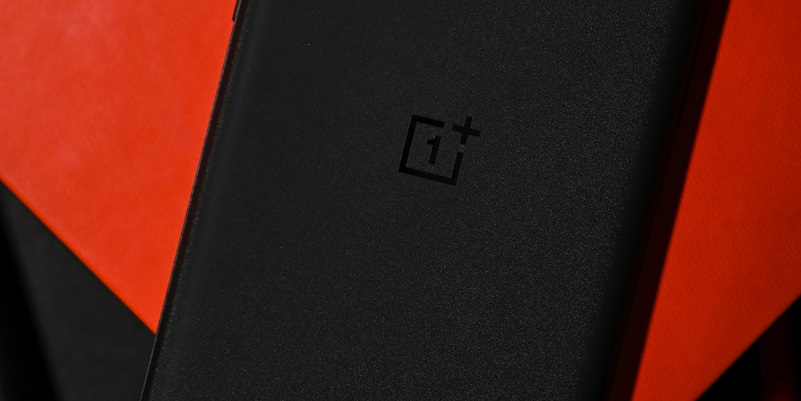OnePlus is set to launch the Nord 4, a much-anticipated addition to the mid-range 5G smartphone market, on July 16 at 13:00 UTC, and technology enthusiasts are eager to see how it stacks up against existing players. This launch is particularly intriguing as it follows hints of a new Nord model, which many speculate will be a re-branded version of the Ace 3V, currently exclusive to China. Market observers and leakers alike suggest that the Nord 4 will bring a host of compelling features to the table, aiming to overshadow competitors like Xiaomi’s Redmi Note 13 Pro Plus 5G. Key details indicate that the Nord 4 will be a more robust variant than the Nord CE4 and Nord CE4 Lite, underscoring OnePlus’s strategy to balance performance, durability, and sophistication in a mid-range 5G device.
Specifications and Features
The anticipated specification of the OnePlus Nord 4 underscores a significant leap in technological advancements in the mid-range smartphone sector. The Nord 4 is expected to sport a 1240p AMOLED display, promising vibrant colors and clear visuals, making it an attractive option for media consumption and gaming. Furthermore, it will feature a Snapdragon 7 Plus Gen 3 chipset, ensuring high performance and efficiency for multitasking and gaming. The inclusion of a robust 5,500 mAh battery complemented by 100 W wired charging technology is particularly noteworthy, addressing the common consumer pain point of battery life and charging speed.
Apart from these features, the Nord 4 is likely to offer UFS 4.0 flash storage, which ensures faster data access and improved efficiency in app performance. The camera setup, a cornerstone of modern smartphones, will include a 50 MP primary camera equipped with optical image stabilization (OIS), aiming to deliver sharp and stable photographs even in challenging conditions. This camera prowess is set to appeal to photography enthusiasts looking for high-quality imaging capabilities in a mid-range device. Overall, these specifications highlight the Nord 4’s balanced approach to marrying advanced hardware with practical features that enhance the user experience.
Competitive Landscape
As OnePlus prepares to unveil the Nord 4, the competitive landscape in the mid-range 5G smartphone market is poised for a shake-up. The impending launch positions OnePlus as a formidable contender against other mid-range giants, particularly Xiaomi with its Redmi Note 13 Pro Plus 5G. Xiaomi has garnered a strong following with a robust combination of competitive pricing and expansive features. The Nord 4’s introduction aims to leverage high-end features at a mid-range price point, which could shift market dynamics significantly. The key to this strategy lies in OnePlus’s ability to align its innovative hardware with the brand’s core philosophy of “Never Settle,” which emphasizes continuous improvement and user satisfaction.
The broader industry trend of integrating premium features into more affordable devices is well-reflected in the OnePlus Nord 4. As brands continually strive to offer advanced technologies like enhanced battery life, superior charging speeds, and high-resolution cameras, the line between mid-range and flagship devices becomes increasingly blurred. This trend not only elevates user expectations but also places pressure on companies to innovate without inflating costs. By launching the Nord 4, OnePlus is not only competing but also potentially setting new benchmarks for what consumers can expect in the mid-range segment. It underlines a wider shift towards democratizing technology by making it more accessible to a broader audience without compromising on quality.
Industry Implications
The OnePlus Nord 4 promises to impact the industry significantly, both in terms of consumer expectations and competitive benchmarks. The adoption of high-performance chipsets, cutting-edge display technology, and advanced camera systems in a mid-range device aligns with the larger consumer trend of expecting flagship-like experiences at half the cost. This shift is pivotal as more consumers are unwilling to splurge on flagships, especially when mid-range devices offer comparable performance and features. By fulfilling these expectations, OnePlus is not only bolstering its own market position but also pushing competitors to up their game, enriching the entire mid-range smartphone ecosystem.
Moreover, the focus on improving battery life and charging technology indicates an evolving understanding of user needs in a 5G-dominated world. Faster charging and longer battery life alleviate the common inconveniences associated with the power-hungry nature of 5G technology, addressing practical concerns while enhancing overall user satisfaction. As such features become the norm rather than the exception, the industry may witness a redefined standard for mid-range devices. OnePlus’s strategic approach of blending performance, durability, and advanced features in the Nord 4 could set a precedent that others may follow, ultimately benefiting consumers with better choices and innovations.

